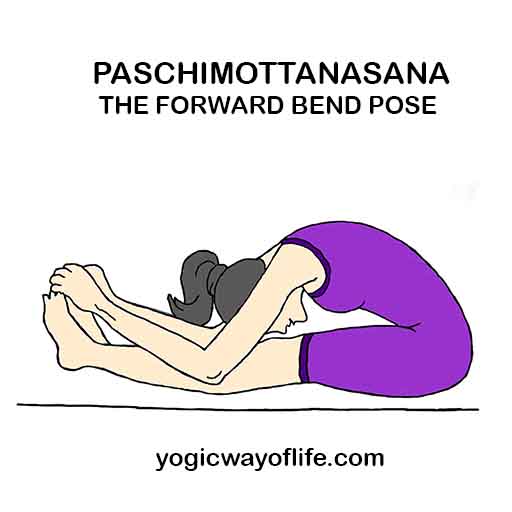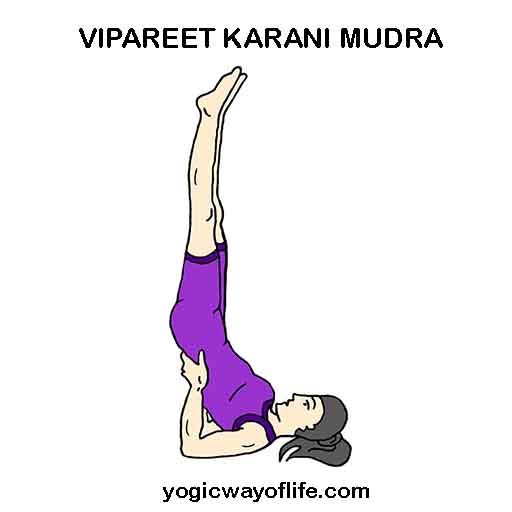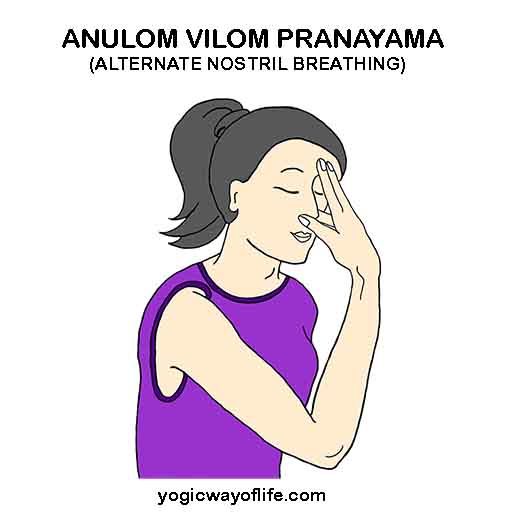There is much said and written about the importance of sound sleep. Studies suggest that a human being requires about 6 to 8 hours of good, deep sleep on an average to keep himself healthy and calm. But how many of us do that religiously? The key to getting a good, sound sleep is to put an end to the ever-busy mind so that our body calms down and rests peacefully.
And, this is where precisely yoga comes into picture. Yoga, as we all know, is a beautiful form of art that helps in re-establishing the connection between our body, mind, and soul. In our hustle and bustle, there are times when we conveniently forgot that there exists a coordination among all these three aspects. Re-discovering this connection and re-establishing it works like magic.
But before we explore how yoga helps us sleep better, let us take some time to glance through some of the most common reasons of insomnia.
Why do we suffer from sleep issues?
According to the US National Library of Medicine, National Institutes of Health,
“Insomnia is the feeling of inadequate or poor-quality sleep because of one or more of the following: trouble falling asleep (Initial Insomnia); trouble remaining asleep through the night (Middle Insomnia); waking up too early (Terminal Insomnia); or unrefreshing sleep for at least one month. These can all lead to daytime drowsiness, poor concentration and the inability to feel refreshed and rested upon awakening.”
Insomnia could be acute or chronic, depending on the underlying factors. Acute insomnia lasts for a shorter period of time and can be caused certain medical conditions like sinusitis, nasal congestion, back pain, shoulder pain, neck pain, pregnancy, gastrointestinal disorders, fever, etc. Once the body returns to its natural state, our sleep routine will back in place.
On the other hand, chronic insomnia is the real cause of worry. It is often caused by
- Poor exercise regimen
- Being obese or overweight
- Diabetes
- Chronic stress
- Depression
- Painful medical conditions like arthritis
- Menopause
- Neurological conditions like Parkinson’s disease
And so on.
If a person suffers from any/all medical conditions, he/she should visit a doctor to avail proper treatment. Along with the treatment, they should consider practicing yoga to relax their body and mind so that they would be able to sleep.
How does yoga help with better sleep?
According to a study conducted by the Harvard Medical School, daily practice of gentle yoga helps you sleep better. Yoga helps to release the stress we have stored in our body and mind, unwind completely, and stimulate the release of hormones like serotonin and melatonin that helps with good sleep.
To put it in the words of the author of this study that appeared in the Applied Psychophysiology and Biofeedback, “Yoga is an effective treatment because it addresses insomnia’s physical and psychological aspects.”
In a 2012 study that appeared in the Menopause journal, a group of Brazilian researchers suggested that yoga helps in easing sleep disorder in menopausal women.
There are certain yoga poses we can practice to help us with better sleep. While seated and standing forward bending postures promote better flow of blood and oxygen into the brain for the release of sleep hormones, mild inversions also does the same job, enabling you sleep better. Practicing Surya Namaskara, at a very slow peace, could also help our body and mind to relax progressively.
Various Pranayama techniques like Anulom Vilom Pranayama and Chandra Bhedi Pranayama is also known to be beneficial for sleeping better.
Here is a simple yoga routine that could help in gifting us a better sleep.
Yoga for Peaceful Sleep
- Shasankasana (Hare’s Pose)
 This gentle forward bend massages the digestive organs, promoting digestion. Proper digestion is essential to keep your tummy calm so that you will be able to sleep. In addition, since more blood flows into your brain, you will feel calmer and more relaxed.
This gentle forward bend massages the digestive organs, promoting digestion. Proper digestion is essential to keep your tummy calm so that you will be able to sleep. In addition, since more blood flows into your brain, you will feel calmer and more relaxed.
Kneel down. Separate the knees slightly wider than the hips. Inhale and with an exhalation, fall forward from the hips, stretching the hands to the front. Make a pillow with the arms and rest the forehead on this pillow.
- Paschimottanasana (Seated Forward Bending)

Move into this posture after you complete the previous pose to improve the flow of blood to the brain. Keep the knees slightly bent while getting into the posture to prevent the back from rounding. Keep breathing as the body moves closer to your legs.
Sit with the legs stretched out. Inhale and sweep the hands over the head, aligned with the ears. Exhale and fall forward from the hips, and try to hold the feet. If it is not possible to hold the feet, rest the palms on your shin. Try to stretch and elongate the spine, instead of rounding it. Let the head hang relaxingly. Hold the pose for a couple of breaths.
- Janu Sirshasana (Head to Knee Pose)

A whole body stretching pose, it helps in calming and soothing your body, mind, and soul alike. As with the previous pose, keep the knees bent to help your body relax and release.
Fold the left knee and let the left sole rest on the right inner thigh. Inhale, lift the hands over the head, and elongate your spine. Exhale and bend forward to the right, holding the right foot. Let the forehead rest on the knee. Hold for a few breaths. Inhale, lift the torso and straighten. Exhale and stretch the bent knee. Repeat on the other side.
- Vipareeta Karni Mudra (Simple Inversion)

One of the simplest inversions in yoga, it is beneficial for calming the mind and easing stress. Regular practice of this pose could improve digestion, gift a smaller waistline, and manage thyroid glands [which if upset could trigger insomnia].
Lie down on the mat in supine position, allowing the hands to rest on either sides of the body. Inhale and sweep the legs up slowly till they become perpendicular to the floor. Supporting the waist using the palms, lift the body higher so that it makes a 45 degree angle with the floor while legs are at 90 degrees. Hold the posture breathing in deeply. To come out, slowly release the body, vertebrae by vertebrae.
- Anulom Vilom Pranayama (Alternate Nostril Breathing)

A classic breathing practice, it is well-known for its stress-busting and calming effects. It would be advisable to practice without Kumbhaka or retention of breath, as your aim is to calm your mind and body.
Sit straight in any comfortable seated posture with an erect spine. Let the left palm rest on the left knee. Close the right nostril using the right thumb. Rest the tips of index and middle fingers in the space in between eyebrows. Use the right ring finger to close the left nostril. Let the right index finger point up towards the ceiling. Exhale completely through the left nostril. Now take an inhalation for a count of 4 and close it using the ring finger. Open the right nostril and exhale for a count of 4. Inhale through the right for the same count, close the right, and exhale through the left for the same count. This completes one round of Alternate Nostril Breathing. Practice for 15 to 20 rounds to feel the effects.
Avoid practicing this yoga routine for at least 3 hours after food. It is also advisable to practice the routine 60 to 90 minutes before bedtime for the best results.
So when are you going to start practicing?
